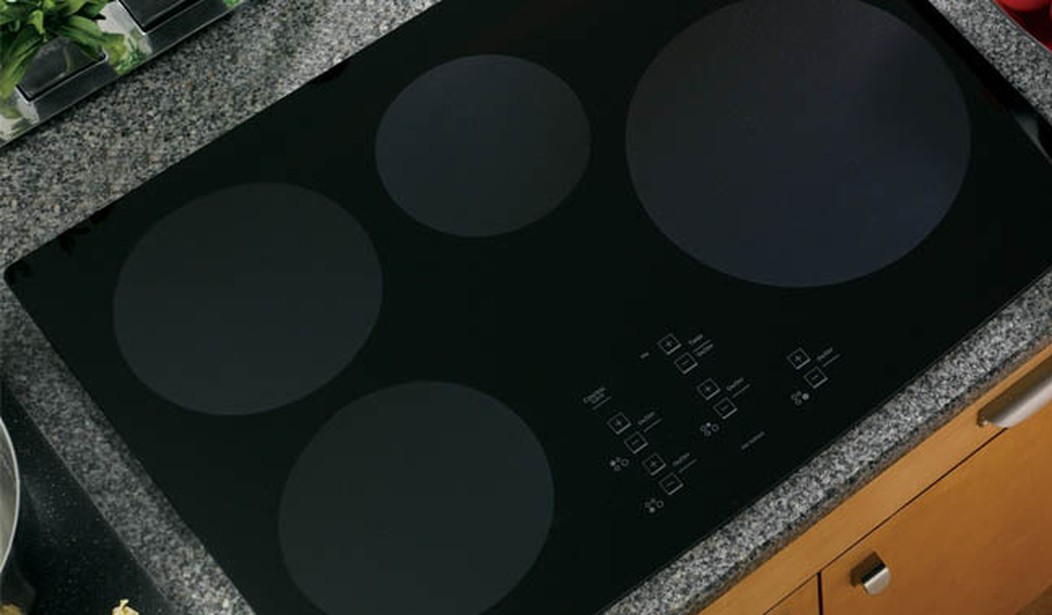I have mixed feelings about Farhad Manjoo. As a columnist he’s most interesting when he’s conflicted between his instinctual need to be a progressive NY Times columnist and his desire to admit the truth about a given topic. That was how I read his column last year about why people are moving to Texas. On the one hand, he totally gets it as he drives around Dallas with a real estate agent. You can have a much nicer place to live in Texas than you can in California for the same money. On the other hand he can’t help but feel guilty about stating the obvious: “Here I was — a lefty New York Times columnist —preparing to laud the livability of a state that seemed to be lurching to the fringe right.”
Something similar is up in today’s column about gas stoves. About half of the column reads like it was crafted for a Be-published-in-Salon! writing competition. Ackshually…
The natural gas-powered appliances in your home may be slowly killing you and everyone you love. That’s the bad news…
So what’s a homeowner to do? If you spend time around environmentalists or energy experts, you’ll hear a simple answer: Electrify!…
Despite growing recognition of the dangers of gas-powered appliances, electrifying our abodes is going to be much slower, more expensive and more complicated than electrifying other parts of our lives. There is also a growing political freakout — on Twitter and Fox News, right-wingers are swearing allegiance to gas stoves as if they were AR-15s.
All of that comes up front but eventually he gets to the reality part of the equation. It turns out electrifying your cooking surface isn’t that easy to do for a lot of people.
Does that mean you should go electric? I don’t know — I can’t even figure out if I should get an induction stove.
In homes that already have electric cooktops, switching to induction may be relatively easy. But in my home, as in millions of others piped for gas cooking, getting an induction range would require extensive electrical work and the capping of my existing gas line. Induction stoves also tend to cost slightly more than comparable gas stoves (but new tax credits could change that)…
“It can be pretty involved and expensive, and I’m not sure the payoff is there for a lot of people,” said Liam McCabe, a journalist at the energy-advising guide EnergySage who writes often about his own efforts to upgrade his home from gas to electricity. McCabe said the article he wrote for Consumer Reports on his switch from a gas stove to induction could have been headlined: “Do-Gooder Pays Through the Nose to Boil Water a Little Faster.”
McCabe’s piece is actually instructive. He points out that if your house already has upgraded electrical service and the panel is very close to your kitchen you might spend as little as $400 getting set up for an induction stove. However if that’s not the case, you may spend more on the prep work than you do on the stove itself.
Other homes will need a massive electrical upgrade to support an electric range. The apartment I grew up in, for example, only had 60 amps of electrical service. We couldn’t use our toaster, lamps, and TV at the same time as our window air conditioner without tripping the breaker. If we wanted an electric range, an electrician would have to run extra electrical service to the apartment. That work alone can cost thousands of dollars. According to Home Advisor, the typical cost of an upgrade to the modern standard of 200 amps ranges from $750 to $2,000, but it can cost much more than that.
Those figures are probably on the low side. This Old House suggests the costs of replacing a panel tor upgrade it to 200 amp service can be up to $3,000 and that’s assuming you don’t need to move the panel. McCabe didn’t upgrade his panel so just running a new 40 amp circuit to the kitchen cost him aabout $1,000. Then there’s the time involved.
Our project took five weeks from the time we started looking for quotes until the electrical work was done. That included two weeks of looking for contractors and getting quotes, and then three weeks until our preferred contractor was available. The work itself took two electricians about half a day.
The range itself can vary but the prices start around $1,000 and go up from there. In addition, induction ranges only work with iron and steel pans so you’ll need to replace any aluminum pans you’ve been using. Manjoo concludes his piece by suggesting there may be other places to better spend your home upgrade dollars.
So, sure, your gas-powered stove may be out to get you. But it’s the furnace that may be a bigger menace. And don’t forget to insulate.
What’s perhaps most revealing about this piece is that Manjoo never once really considers that someone moving from gas to electric might not be able to swing a fancy induction cooktop. Instead, they might have to settle for a cheaper heater coil model like many of us grew up with. I suspect he never mentions this because there’s really no way to spin an old-style electric oven as any kind of progress or advantage over gas. Unlike induction, it doesn’t heat quicker and it’s not safer or easier to clean. It feels like a step back not a step forward. But the reality is that if cities and states start outlawing gas, those are the actual cooktops a lot of people will end up with. Progressives will talk about upgrading to induction but in reality, if they get their way, a lot of people will be downgraded to electric coils.
As for Manjoo, I continue to think the most interesting thing about his columns is that he often seems to discover reality doesn’t jibe with his politics. That’s certainly the case here and I guess he deserves credit for being honest about it and not pretending the preferences of his social set actually do make sense for most people.








Join the conversation as a VIP Member